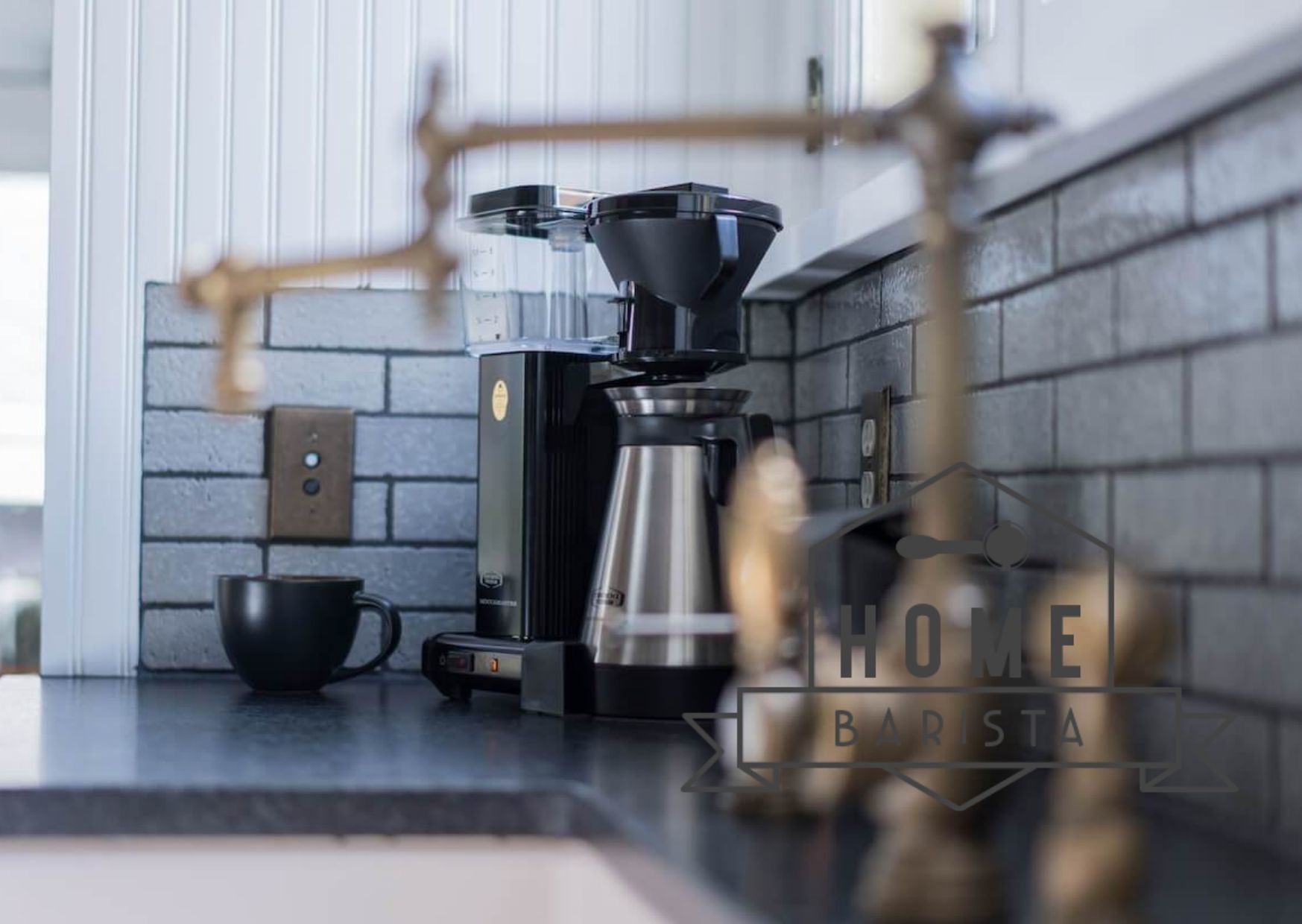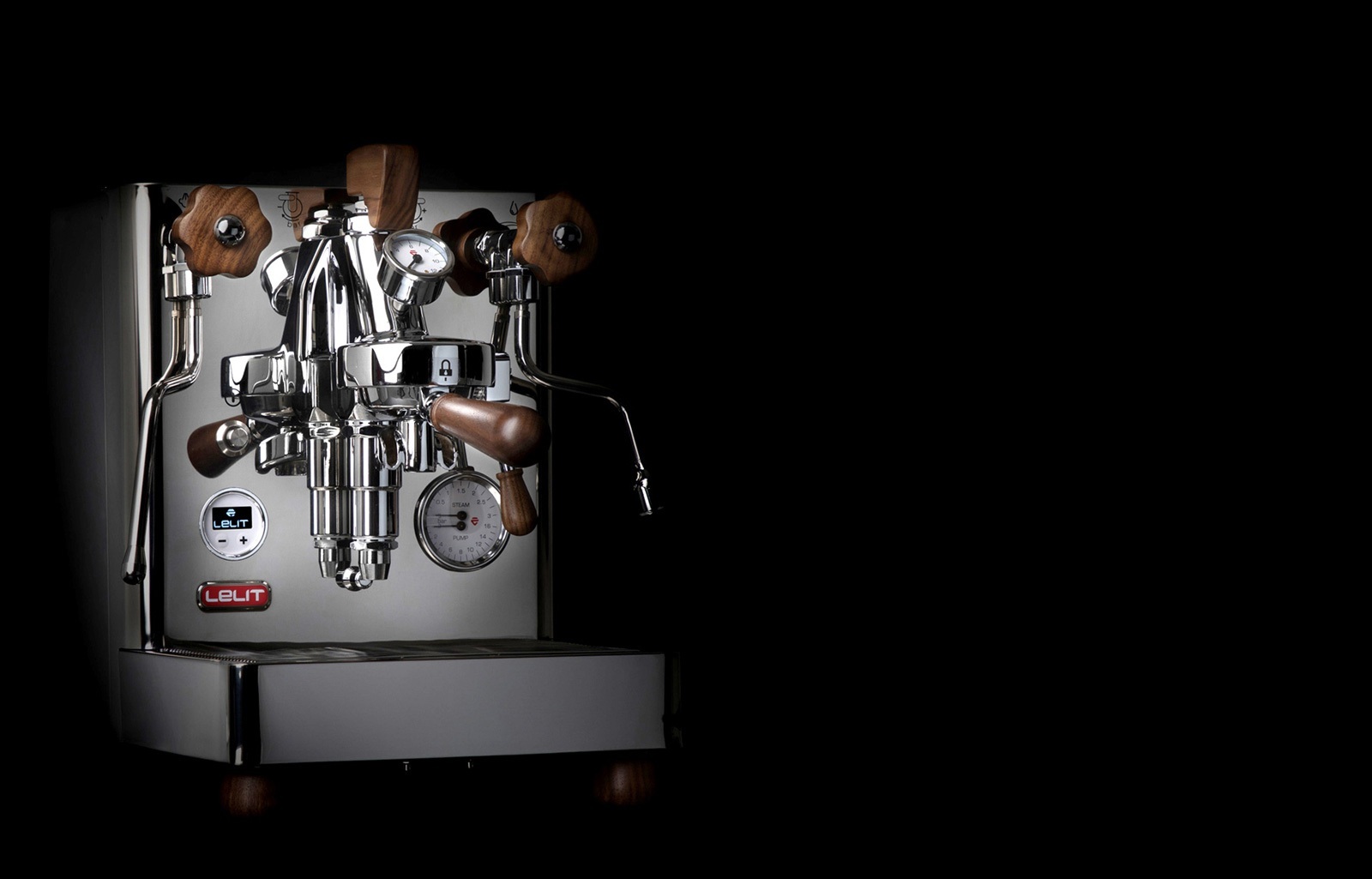COFFEE SCIENCE - TDS REFRACTOMETER PAL
Friday 25 october 2019 20:01:00 Europe/brusselsVisit any coffee forum and there's a good chance you'll find a long discussion about extraction rates and TDS - without much explanation about what they actually mean. Figures like 23% extraction are bundled without anyone telling you why it should or shouldn't be at that level.
Moreover, TDS is a controversial subject. Some greet it as a total revolution, others see it as a useless, or even dangerous, distraction.
So what does TDS actually mean? Which levels are good? And in the end, is it useful? Read on while we answer all these questions.
Visit any coffee forum and chances are you'll find a long discussion about extraction rates and TDS - without much explanation about what they actually mean...
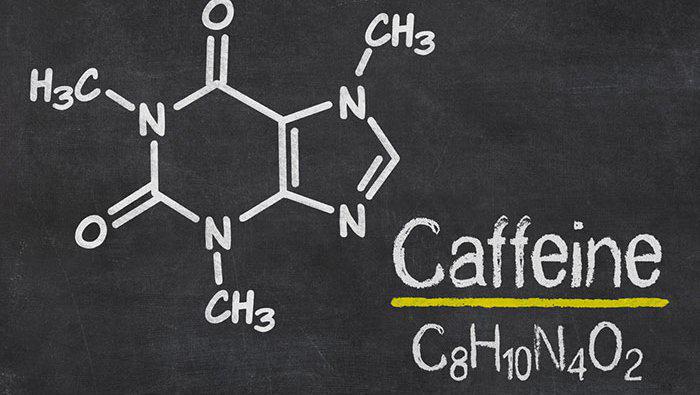
What is TDS?
TDS stands for Total Dissolved Solids. Simply put, it is the amount of "stuff" or soluble solids in a liquid, from organic material to inorganic salts such as magnesium and calcium. It can be a good thing or a bad thing, depending on what the liquid is and how high the TDS is.
In coffee, TDS indicates the extraction level of the coffee, as well as the number of solids dissolved in the water. Contrary to what you might expect, 0 TDS is not good for water - it makes it taste "flat".
The most common way to measure TDS is with a refractometer. This smart device measures the extent to which light is broken through the liquid. The app then compares this information to a fixed index, giving us a percentage extraction.
Why is TDS important?
TDS offers easy-to-analyze, concrete data that can help measure, and thus control, the extraction by burners and baristas. This should improve the taste, mouth feel and consistency of your shots and brews - so that you make a balanced coffee every time with a good degree of complexity and sweetness.
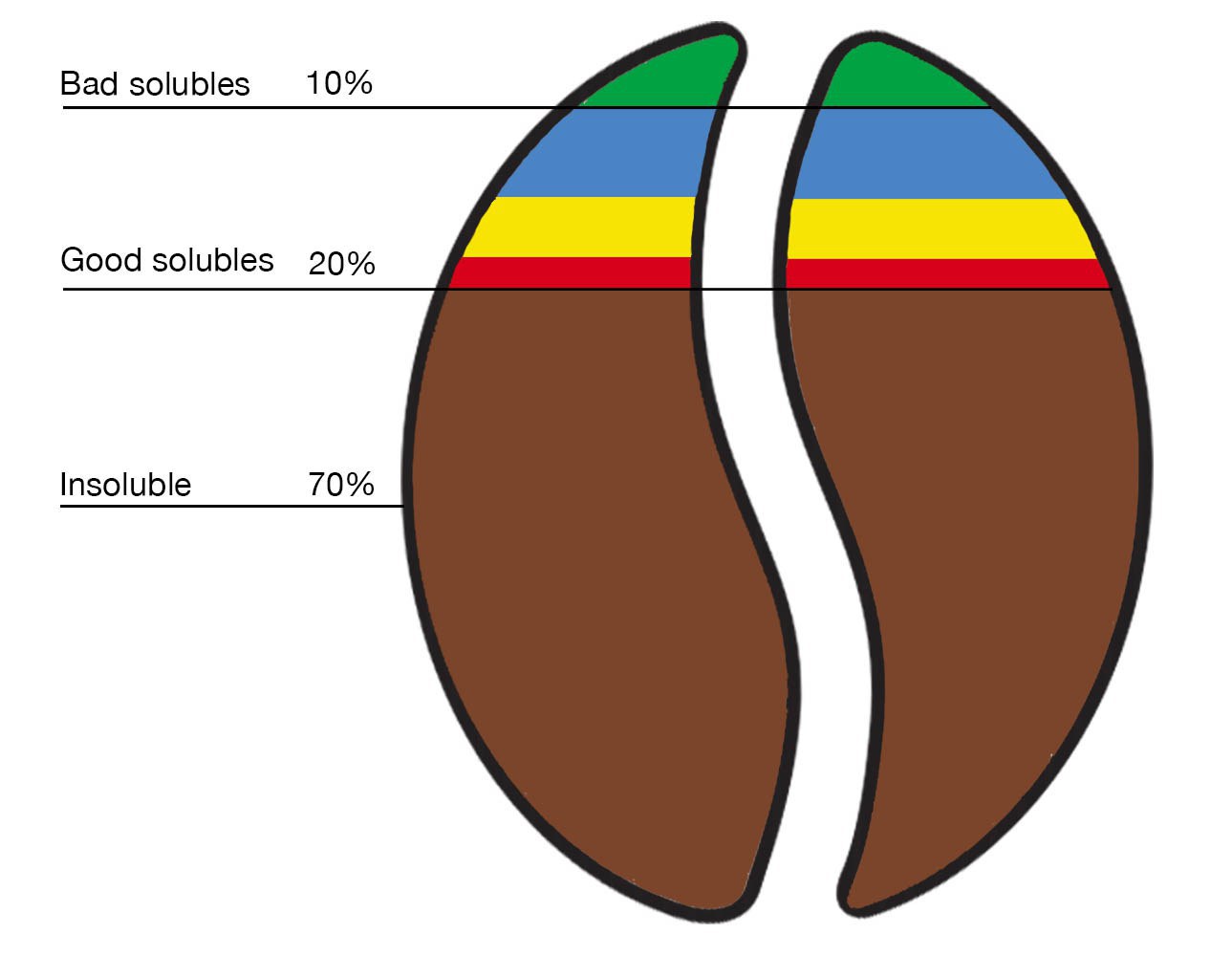
TDS in coffee
The first use of TDS technology in coffee was to analyze water prior to brewing. After that it started to be used in making coffee, and then it started to get really interesting.
A company called VST decided to really investigate the role that TDS can play in analyzing coffee and developed two things: the VST Refractometer and VST Coffee Tools. The latter is software designed to be used with the coffee refractometer.
So why do you need both a refractometer and some software? Well, you use the refractometer to measure the TDS. You also enter all relevant data in Coffee Tools (dry dose of coffee, amount of water, desired brewing strength, etc.). The software then analyzes all these data and lets you know how well you are achieving your goal.
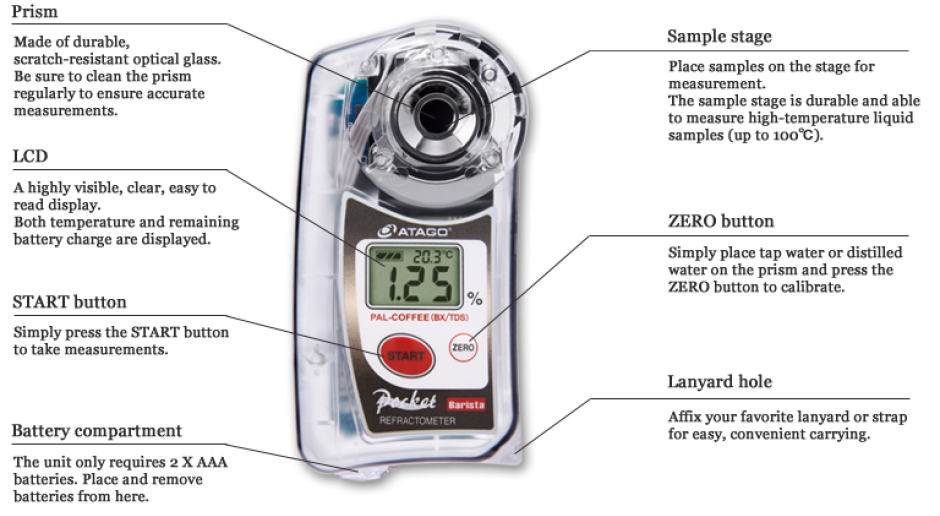
ATAGO REFRACTOMETER PAL COFFEE (BX/TDS)
Manufacturers recommend that the user perform 3 consecutive measurements to ensure absolute accuracy. You can rest assured that the 3rd measurement is the fully stabilized value. Atago has done extensive research and testing on this subject and has developed a method to obtain the perfect readings for Espresso as well.
